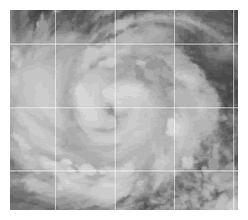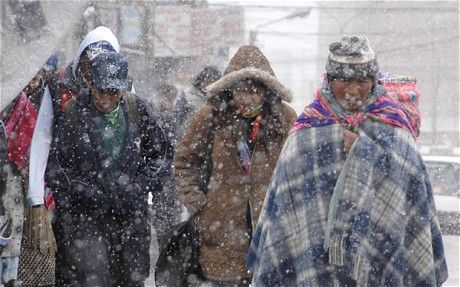
© Joint Typhoon Warning CenterSatellite image of Typhoon Ma-on at 10:00 a.m. ET.
Still in the midst of its long recovery from the earthquakes and tsunami of early March, Japan must now keep a watchful eye on typhoon Ma-on, rapidly intensifying in the western Pacific. The storm could impact the disaster-ravaged country early next week.
The Joint Typhoon Warning Center (JTWC)
reports this morning that Ma-on, about 655 miles east-southeast of Iwo-Jima, has shown "steadily improving organization" over the past six hours, with convection "consolidating around the core" and the emergence of an eye.
The storm's current peak winds are 75 mph, equivalent to category 1 hurricane.
The storm is expected to remain within a tropical airmass with low wind shear and warm sea surface temperatures as it continues west through the northern Philippines Sea. Consequently, significant intensification is forecast over the next 72 hours, with peak winds predicted to reach 125 mph by Saturday morning, equivalent to a category 3 hurricane. JTWC cautions there is no reason to expect signficant weakening until the storm makes landfall.

